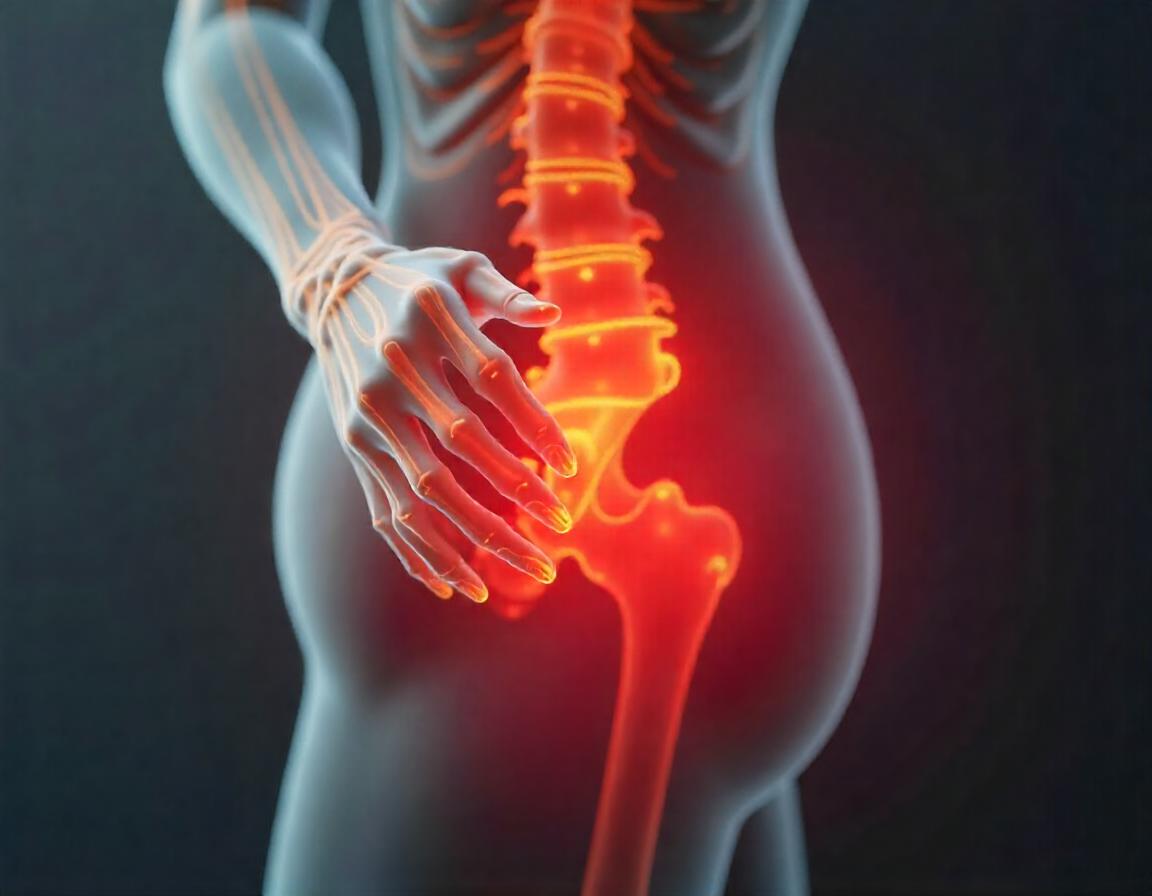What Are the Five Cardinal Signs of Inflammation?
Inflammation is the body’s natural way of responding to injury, infection, or harmful stimuli. The classical signs—calor, dolor, rubor, and tumor—were first described by Roman physician Aulus Cornelius Celsus in the 1st century AD. Modern medicine later added penuria, emphasizing how inflammation can impact functionality.
- Calor (Heat): The Fiery Warning Sign
When inflammation occurs, calor, or heat, is often the first sign. Increased blood flow to the affected area causes warmth, helping the immune system reach the injury site.
Fun Facts about Calor
- Heat is not just a symptom but a mechanism to combat pathogens, as many bacteria struggle to survive in higher temperatures.
- Fever, a systemic form of calor, is an example of the body’s broader inflammatory response.
How to Observe Calor:
- Place your hand near an inflamed area, like a healing wound, and you’ll notice the heat emanating from it.
- Dolor (Pain): A Signal to Protect
Dolor, or pain, serves as a protective signal, urging us to avoid further harm. It arises due to the release of chemicals like prostaglandins and bradykinin, which sensitize nerve endings.
Why Dolor Is Important
- Pain ensures we pay attention to the injury and avoid aggravating it.
- Certain painkillers like aspirin work by inhibiting prostaglandins to reduce dolor.
Fun Facts about Dolor:
- The term “ouch” is a universal reaction to dolor, though expressions vary across cultures!
- Emotional pain activates similar brain pathways as physical dolor—a reminder of the mind-body connection.
- Rubor (Redness): The Scarlet Signal
Rubor, or redness, is caused by increased blood flow due to vasodilation. Blood vessels expand to deliver immune cells, oxygen, and nutrients to the inflamed area.
Why Rubor Occurs
- Redness is essential for delivering white blood cells to fight infection.
- It’s a hallmark of localized inflammation, such as in insect bites or cuts.
Fun Fact about Rubor:
- Rubor can be a source of confusion in darker skin tones, where redness might appear as a subtle change in hue rather than overt redness.
- Tumor (Swelling): A Protective Cushion
Swelling, or tumor, results from fluid accumulation in tissues. This process, called edema, cushions the injured area while immune cells work to heal it.
Key Characteristics of Tumor
- Swelling can feel uncomfortable but serves as a protective barrier.
- It allows immune cells to travel more freely through the affected area.
Fun Facts about Tumor:
- Swelling often accompanies sports injuries like sprains, highlighting its protective role.
- Ancient physicians believed tumor was a sign of “bad humors” in the body—an idea debunked by modern science.
- Penuria (Loss of Function): The Modern Addition
The fifth sign, penuria or loss of function, highlights how inflammation affects mobility and organ function. Whether it’s a swollen joint or a congested lung, penuria ensures rest and recovery.
Interesting Insights on Penuria
- While Celsus didn’t originally include penuria, it became recognized as a significant aspect of inflammation in modern medicine.
- Chronic inflammation, as seen in diseases like arthritis, showcases penuria as a long-term challenge.
Fun Fact about Penuria:
- Resting during penuria isn’t just instinctive—it’s nature’s way of promoting healing.
How These Signs Protect the Body
The five cardinal signs of inflammation aren’t just symptoms; they’re crucial defense mechanisms.
Benefits of Inflammation
- Fights infections by mobilizing immune cells.
- Promotes tissue repair through increased nutrient delivery.
- Provides protective signals like pain and swelling to prevent further damage.
However, when inflammation becomes chronic, it can lead to diseases like diabetes, arthritis, or cardiovascular issues.
Quick Facts About Inflammation
- The word “inflammation” comes from the Latin “inflammare,” meaning “to set on fire.”
- Ancient healers used herbal poultices to manage calor and tumor, laying the groundwork for modern anti-inflammatory drugs.
- Exercise can cause temporary inflammation, which is essential for muscle repair and growth.
How to Manage Inflammation
While acute inflammation is necessary, managing it effectively ensures faster recovery:
Tips to Reduce Inflammation
- Apply RICE (Rest, Ice, Compression, Elevation): A go-to method for injuries like sprains.
- Eat Anti-Inflammatory Foods: Include turmeric, ginger, and omega-3-rich fish in your diet.
- Stay Hydrated: Adequate hydration helps flush out inflammatory toxins.
- Get Enough Sleep: Sleep aids the body in combating inflammation.
The Role of Chronic Inflammation
Unlike acute inflammation, chronic inflammation persists for months or years, often contributing to diseases.
Examples of Chronic Inflammation
- Rheumatoid arthritis
- Crohn’s disease
- Cardiovascular conditions
Managing chronic inflammation requires lifestyle adjustments, medication, and regular medical consultation.
Conclusion: The Wonders of Calor, Dolor, Rubor, Tumor, and Penuria
The five cardinal signs of inflammation—calor, dolor, rubor, tumor, and penuria—offer a glimpse into the body’s fascinating defense system. They highlight how our bodies respond to injury and infection, ensuring recovery and survival. Understanding these signs not only helps us appreciate our biology but also guides us in managing health better.

